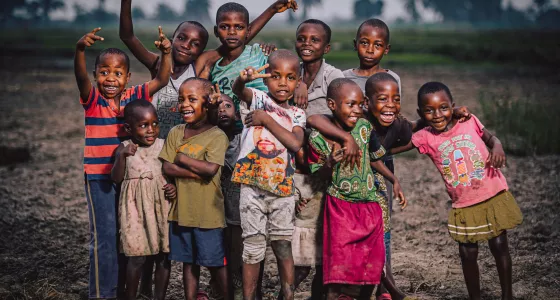Introduction
The situation in the CAR remains dire, with 3.1 million people in urgent need. Decades of fighting, political corruption, epidemic diseases and a deteriorating economy has meant that over a million people have been displaced and separated from their families. This poses significant risks to children, making them vulnerable to recruitment by armed groups, exploitation, both sexual and physical abuse, trauma and hunger.
The political landscape of CAR makes it tough for a child to be a child, and the impact of COVID-19 combined with a lack of essential healthcare services have worsened conditions in the country. Children are in desperate need of protection, livelihood and psychological support as well as reunification with with their families, and the critical support they need after leaving armed groups.
What is the CAR?
CAR stands for the Central African Republic
What is the population in CAR?
5 million
What is the national language of CAR?
French and Sangho
What is the capital city of CAR?
Bangui
*Red pins show areas where we work.
The Central African Republic Today
Natural disasters, disease and rebel fighting continues to put families and children in CAR at serious risk. Whilst the government becomes more stable and less volatile, rebel attacks are still common, and children continue to face exploitation and abuse.





